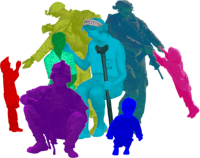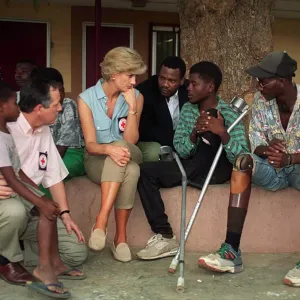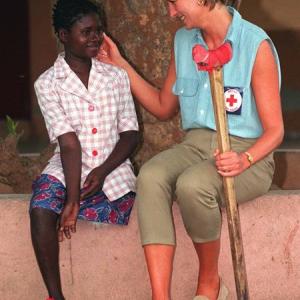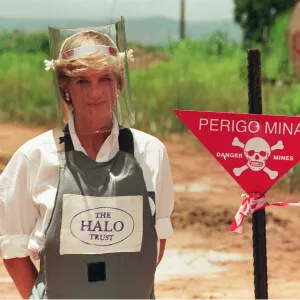Child trafficking and human slavery are grave violations of human rights that affect millions worldwide. Child trafficking involves the exploitation of children for forced labor, sexual exploitation, and other forms of abuse. It is a global issue, with children making up 27% of all human trafficking victims. Human slavery, in its modern form, includes forced labor, domestic servitude, and sex trafficking. These heinous crimes strip individuals of their freedom and dignity.
The Role of Advocacy
Advocacy plays a crucial role in combating child trafficking and human slavery by raising awareness, influencing policy changes, and providing support to survivors. It involves engaging with governments, communities, and organizations to address the root causes of trafficking and ensure the protection of victims.
- Raising Awareness: Advocacy efforts help educate the public about the realities of child trafficking and human slavery. By dispelling myths and spreading factual information, advocates can mobilize communities to recognize signs of trafficking and take action.
- Influencing Policy Changes: Advocates work with lawmakers to develop policies that protect victims’ rights and prevent trafficking. This includes advocating for stronger legal protections for survivors, expanding access to services, and ensuring traffickers are held accountable.
- Supporting Survivors: Advocacy ensures that survivors have access to comprehensive services such as housing, healthcare, legal assistance, and mental health support. By promoting trauma-informed care, advocates help survivors rebuild their lives.
Community Involvement
Community involvement is essential in advocacy efforts against child trafficking and human slavery. Local organizations can provide resources for education and prevention while offering direct support to those affected. Community-driven initiatives create safer environments by addressing vulnerabilities that traffickers exploit.
Global Collaboration
Combating child trafficking requires global collaboration among nations to share information, resources, and strategies. International cooperation helps track cross-border trafficking networks and provides a unified front against traffickers.
Advocacy against child trafficking and human slavery is vital at all levels of society—from local communities to international bodies. By raising awareness, influencing policy changes, supporting survivors, involving communities, and fostering global collaboration, we can work towards eradicating these injustices.
Anywhere I see suffering, that is where I want to be, doing what I can.










